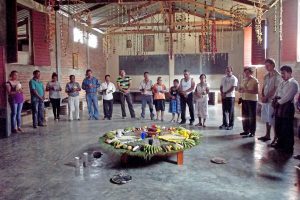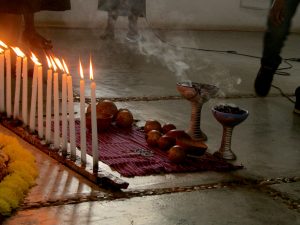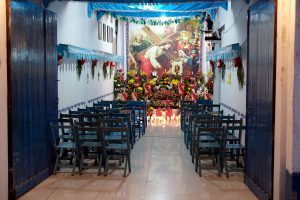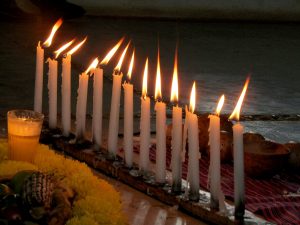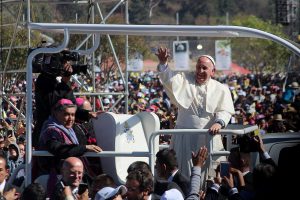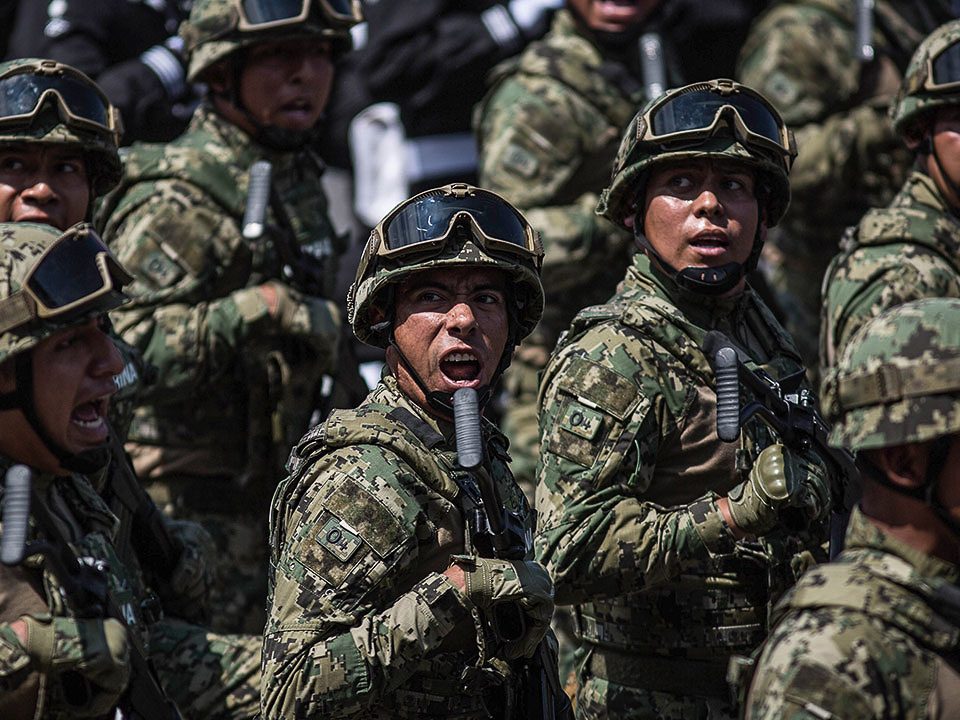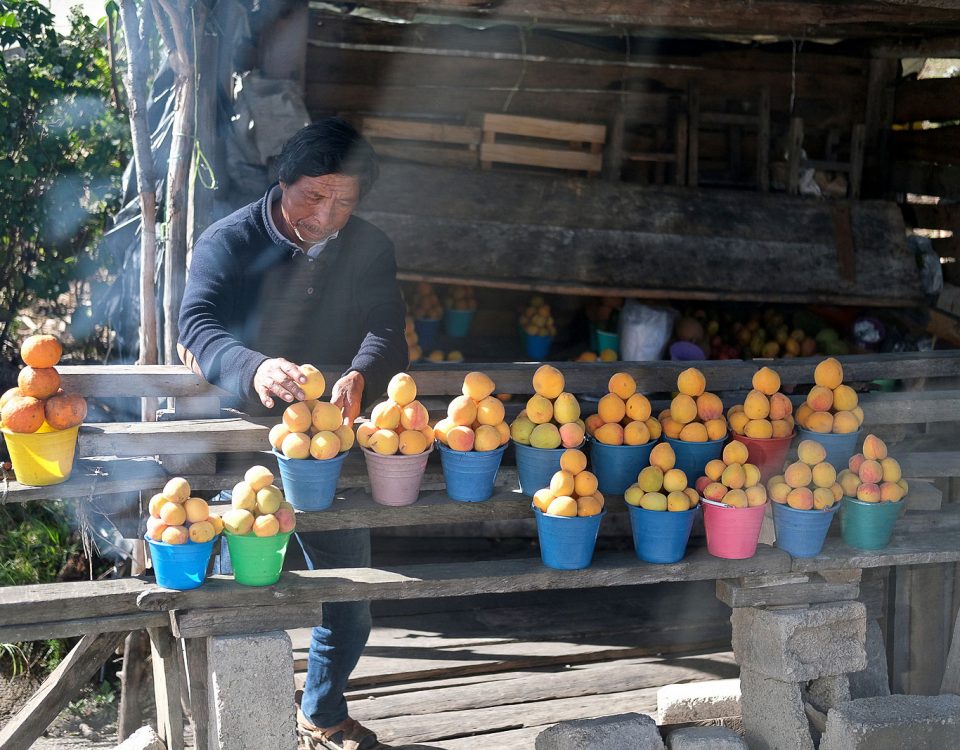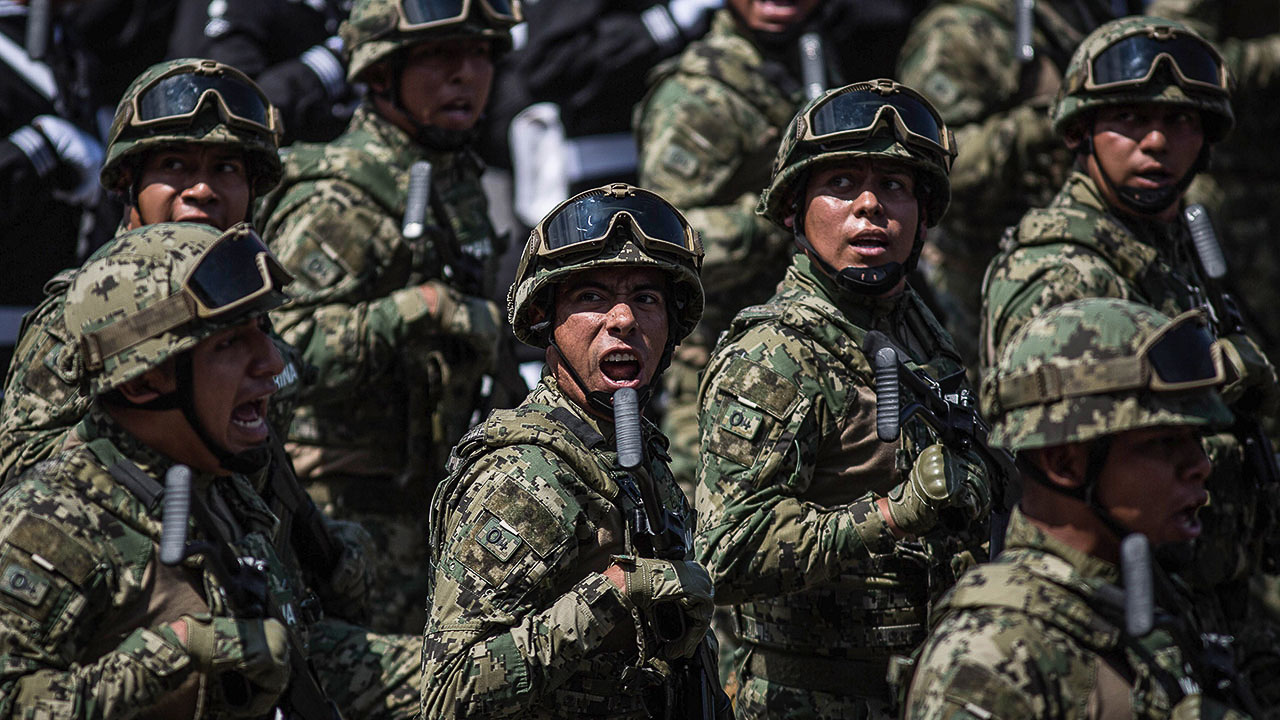
FOCUS: The Fourth…Military Transformation?
15/12/2020
SIPAZ Activities (Mid-August to mid-November 2020)
15/12/2020Indian theology has been a permanent encounter, touching the deep roots of the peoples, finding that we are walking with the people. It is touching the most profound of the peoples. Indian theology is the presence of the peoples. Indian theology makes resistance, it is a path, it makes prayer that is acclamation, it is sowing: I sow myself in the land, in the water, on the hill, on the mountain … prayer is profoundly transformative
T he first month of the coming year will mark the tenth anniversary of the passing of Bishop Samuel Ruiz Garcia (1924-2011), a recognized defender of the rights of indigenous peoples in Mexico and Latin America. Also known as j’Tatik Samuel (which means father in the Tseltal language), he is – possibly – the bishop who has most promoted what is usually called Indian Theology.
Indian Theology is a theological current that has interreligious and ecumenical expressions. It is characterized by recovering and recognizing the ancient religious thought and beliefs of Native Peoples1.
Pedro Gutierrez Jimenez, Petul, a Tzeltal Maya, from the Institute of Intercultural Studies and Research (INESIN) in Chiapas, explains that we all have a spiritual experience, which is reflected in the entire history of humanity: from nomadic stages to sedentary civilizations, an experience of present spirituality can be observed, albeit using different names and recurring to various rituals and images. In the case of Chiapas, Indian theology mainly seeks to relate the beliefs of the Maya peoples with Christian belief, particularly the Catholic faith.
Mayan beliefs and spirituality in Native Peoples address various issues such as love and respect for Mother Earth, the search for human and social harmony, the practice of justice through community agreements and the search for alternatives for the lekil kuxlejal or good living, among other aspects. Indigenous spirituality manifests itself in different ways: through rituals and ceremonies with candles, herbs and incense, for example in caves and springs; the use of dances and songs in native languages; the prayer around the Mayan altars that symbolize “the whole”: time and space, humanity and spirituality, heaven and earth, life and death, north and south … Indian Theology recognizes the liberating force and spiritual wealth of the Native Peoples, who had previously been demonized by the church. It recovers for current reflection sacred Mayan texts such as the Popol Vuh.
Before the conquest in Mexico 500 years ago, the Native Peoples in Chiapas already had (and have maintained) their spirituality and belief that any spirituality can be integrated into their own altars as long as it comes with the intention of enriching, as opposed to the destructive attitude of the Conquest, which for many years had the intention of destroying the spirituality, the wisdom of the Indigenous Peoples and making western culture prevail2.
With the passage of time, people within the church and laity realized the liberating force that millenary cultures have and the alternatives for the future found in their experience of life and of God. Indian theology encourages peoples in their stubborn hope for “another possible world”3.
Little by little, the doors of Latin American theology were opened to diversity on the continent. At the same time, the economic, political and social marginalization in which the native populations survived began to be of concern, in addition to being threatened by dispossession and total extinction due to the advances of megaprojects of the capitalist world in their territories. It is within this framework that the indigenous Pastoral, Indian Theology and the indigenous Church have developed, with these efforts coinciding with indigenous struggles for their collective rights, for their self-determination, autonomy and self-government4.
In February 1991, just over 20 years after several bishops, including J’Tatik Samuel, saw the need for dialogue between Christian spirituality and that of the Indigenous Peoples, the first continental meeting of Indian theology – the double spirituality -was held, precisely in Chiapas. Over time, the misgivings and prejudices that previously hindered inculturation and indigenous appropriation of the Catholic Church were overcome.
It is important to highlight that these advances in Indian Theology are the fruit of a collective action of indigenous parishioners, indigenous leaders and also ecclesial servants related to the indigenous cause.
Before his departure, Samuel Ruiz Garcia organized a broad process of elaboration of a third diocesan synod, leaving Indian Theology as one of the “six pillars” of diocesan commitment. In this text, the diocese ratified its commitment to continue to consolidate itself as a “Native, Liberating, Evangelizing, Servant Church, in Communion with God and under the guidance of the Holy Spirit.”
In Chiapas, 20 years after J’Tatik Samuel left his service as bishop, the diocese continues to strengthen its commitment to this theological perspective, favouring a dialogue between current evangelization processes with the wisdom of native peoples.
Work from the perspective of Indian Theology was also recognized by Pope Francis when he came to visit Mexico and Chiapas in 2016. In San Cristobal de Las Casas, he presented a decree that authorized the use of native languages at Masses and other celebrations5, a very relevant symbolic gesture6.
“Accepting to be in this Diocese is also accepting Indian theology. Indian theology is a treasure of the Diocese and the church, it is not an imposition. It must be in our hearts, learning and sharing”, the current bishop, Don Rodrigo Aguilar, recognizes .
Notes:
- [1] Mandujano, Isain. Febrero 2020. Pie de Página. La Teología India, legado de Samuel Ruiz. Recuperado el 5 de noviembre 2020.
- [2] Wikipedia. 2020. Teología India. Recuperado de 7 de noviembre.
- [3] Eleazar López Hernández. 2009. LA TEOLOGÍA INDIA EN LA MATRIZ LATINOAMERICANA. Recuperado el 5 de noviembre.
- [4] Ibid.
- [5] Ibid.
- [6] El Universal. 7 de Febrero 2016: Papa entregará en Chiapas autorización para misa en lengua Indígena. Recuperado el 16 de noviembre 2020.
- [7] El Universal. 6 de febrero 2016. Papa Francisco da aval a misas en lenguas indígenas. Recuperado el 16 de noviembre.

